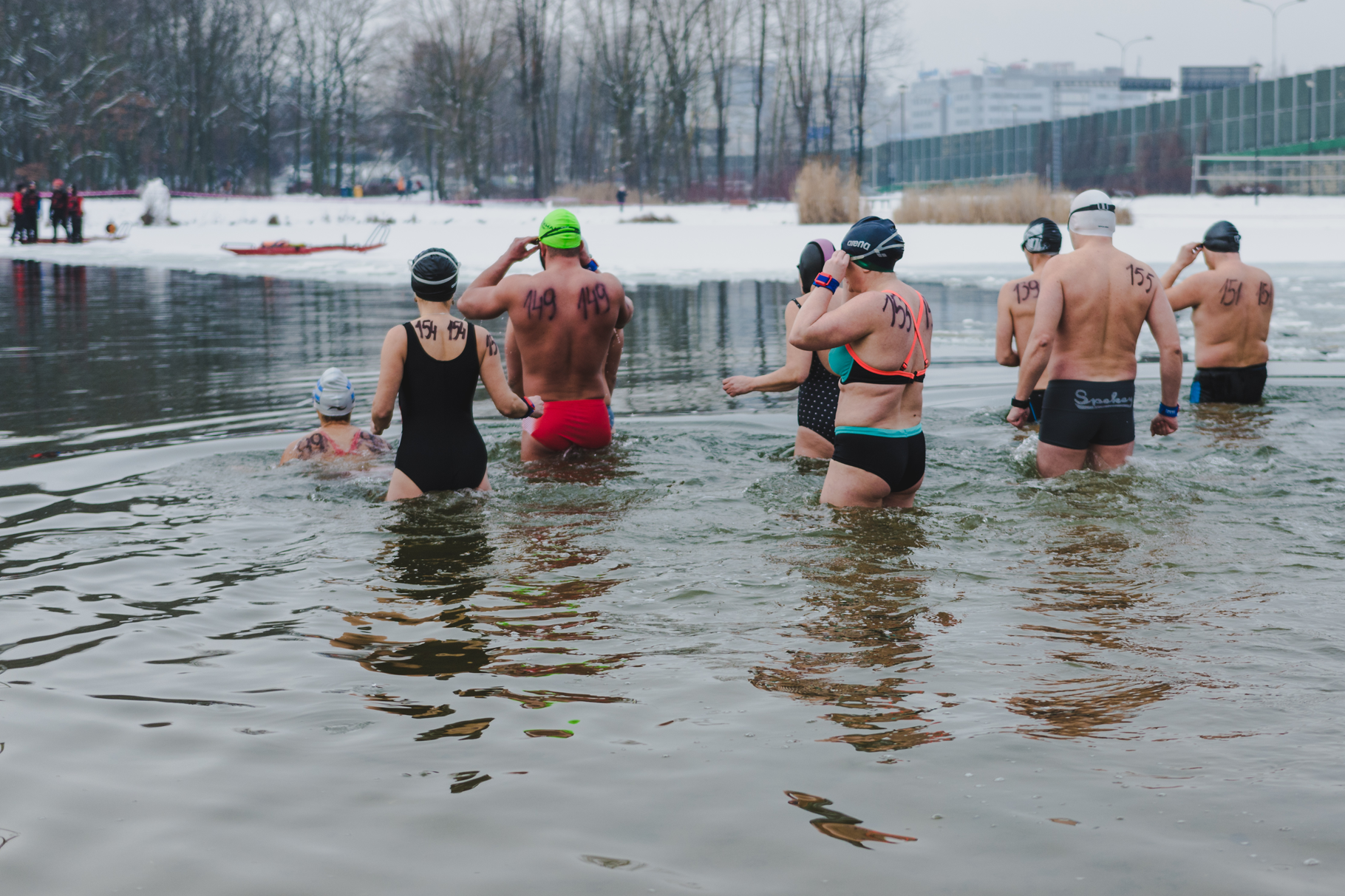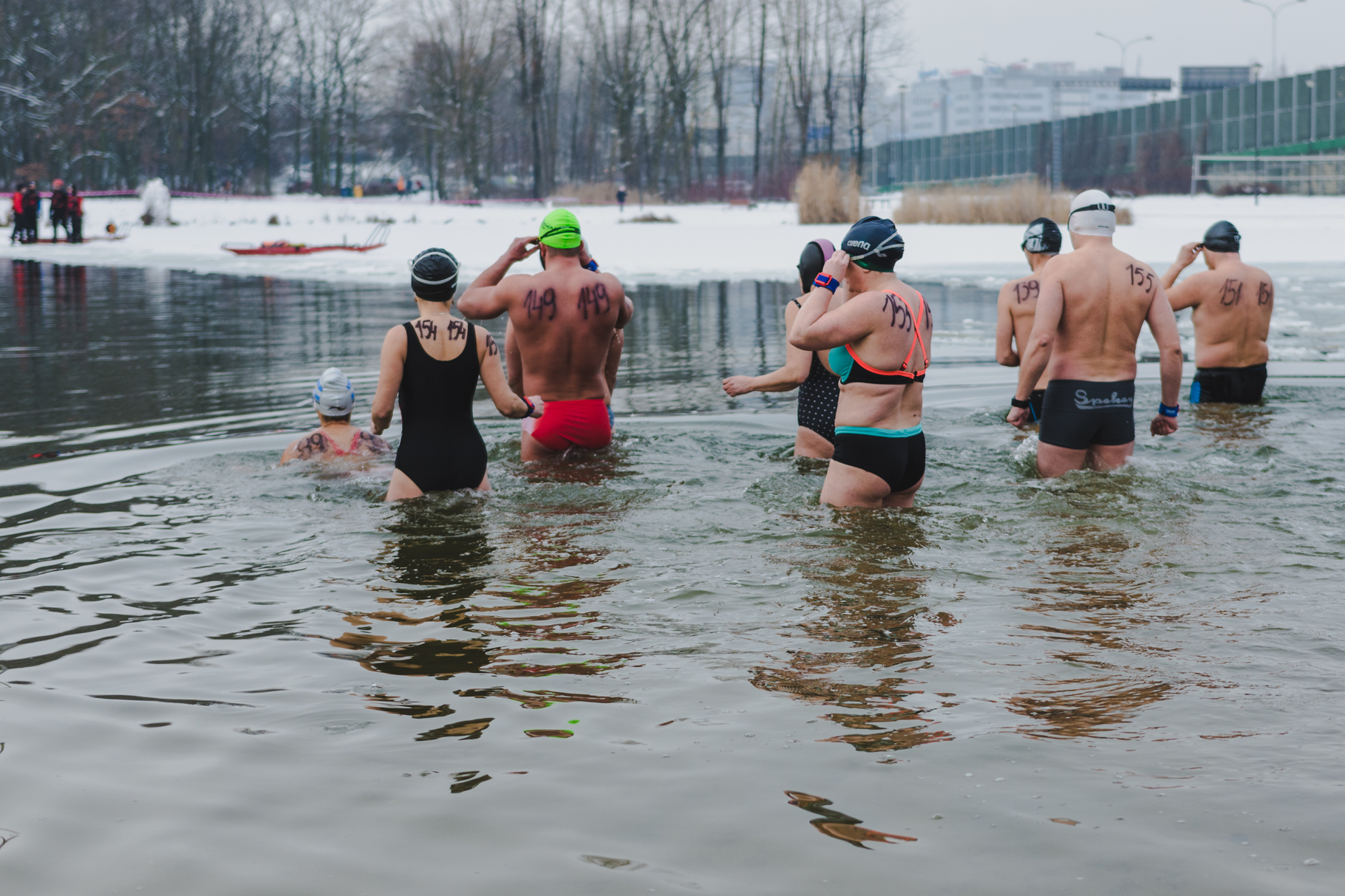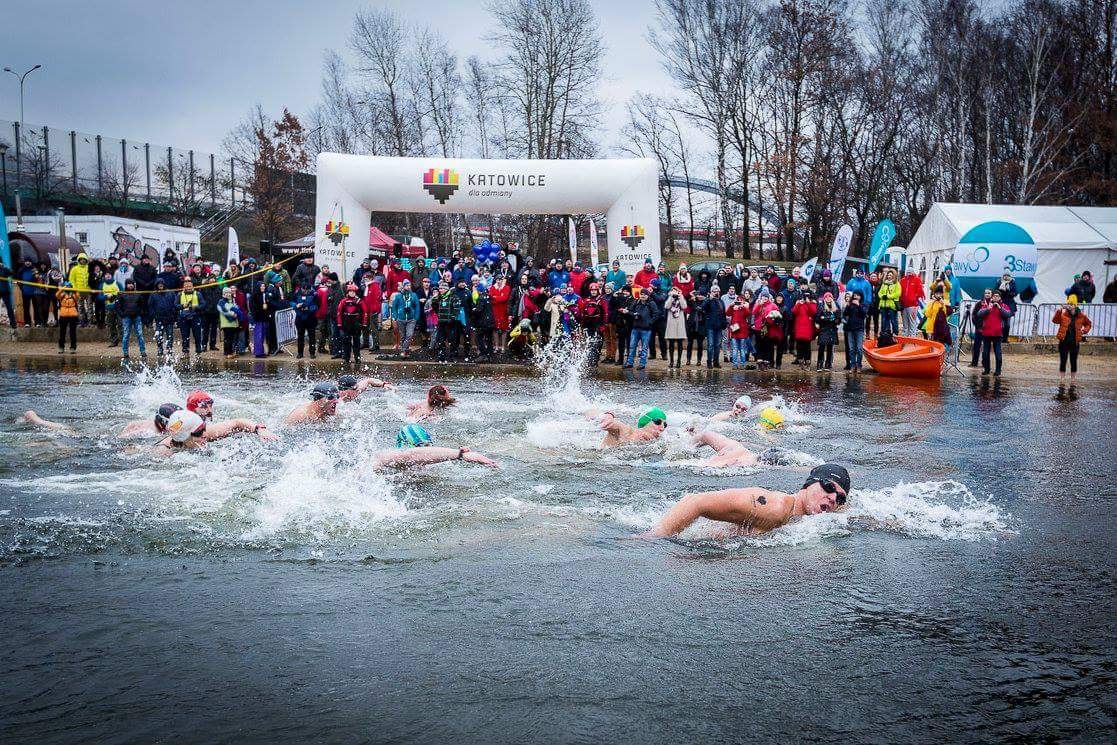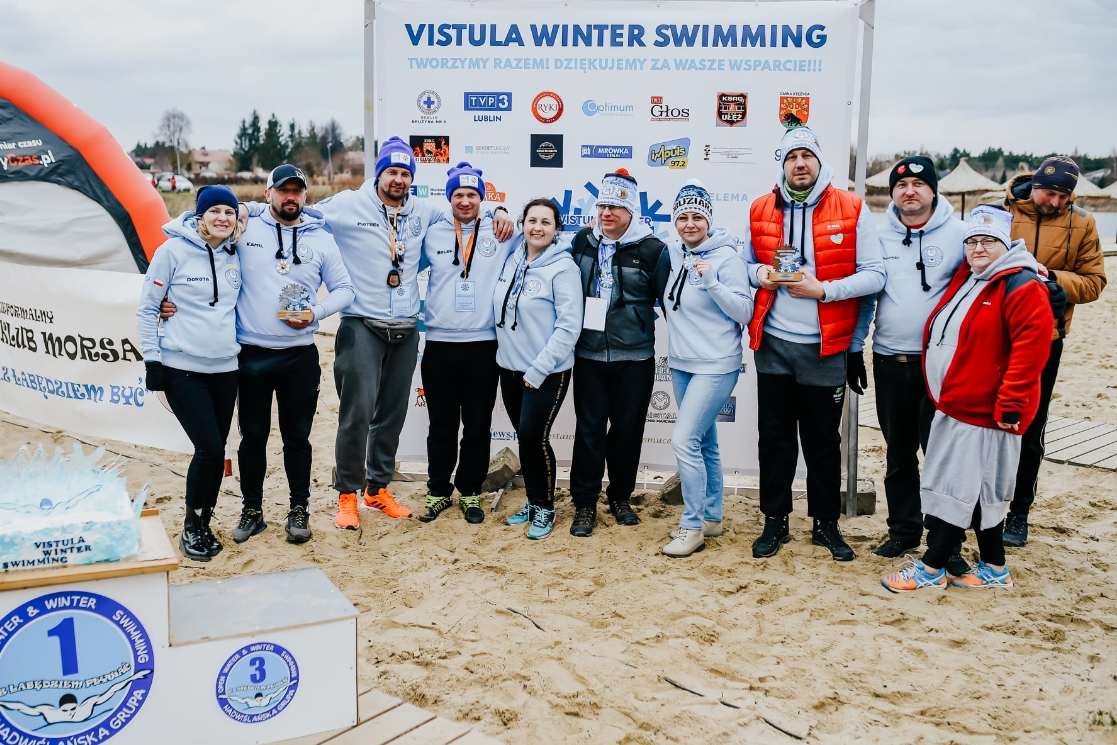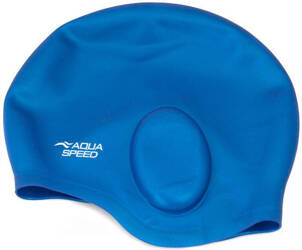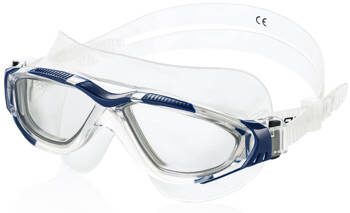Who Can Practice Ice Swimming?
Who is this form of activity for? Who is the “typical” ice swimmer?
ŁT: Who is this sport for? Once, my capoeira coach, Łukasz "Calango" Tadla, said: "Capoeira is for those who want to train it." This thought can easily be applied to other sports, so ice swimming is for anyone who wants to do it. Of course, there will always be individuals with health conditions that exclude them from participating in this discipline—it’s enough to consult your doctor about your new hobby idea.
There is no such thing as a “typical” ice swimmer or winter swimmer because this sport is not targeted at any strictly defined—or worse, exclusive—social group.
Winter swimmers come from all walks of life, regardless of the categories you apply. They include slim and larger individuals, wealthy and less affluent people, teenagers, and the elderly. What’s more telling is our shared traits:
- First, we can swim—at least a little
- Second, we like to endure some discomfort. Hypothermia adds a "touch" of pain
PŚ: If a young, underage person—whether my student or not—came to me asking for advice about ice swimming, I would gladly provide guidance. However, any practical instructions would only take place in the presence of a parent or legal guardian.
Ice swimming is a young sport in Poland, carrying higher risks than open water swimming in warm temperatures. The decision to start training this discipline should be made with full awareness, and the person making it should be mature.
Nobody should be persuaded into it, let alone forced. However, as with any other sport, it’s worth explaining, demonstrating, and sparking interest. With time, this might encourage someone to give it a try.

